
Psychology, time management, mental game etc. might seem elusive at times but there are some practical, tangible, concrete solutions that they managed to produce throughout the years. One of those solutions that we owe researchers from various psychology related fields is the use of multiple-monitors in boosting workplace productivity.
Yeah, Science!
A study conducted at the University of Utah in 2004 was one of the first major indicators that using multiple monitors can dramatically boost one's productivity. According to the researchers, multiple monitors were "significantly more usable than single screens on measures of effectiveness, comfort, learning ease, time to productivity, mistake recovery".
Microsoft's independent study found that switching to multiple monitors could offer a boost of productivity from 9% to 50% depending on a particular task and these numbers were later confirmed by studies conducted by other companies. Furthermore, 98% of users prefer dual monitor setup to a single monitor. Turns out that once you invest in another screen, you never go back.
Poker is a game of information and the more screen real estate you have at your disposal the easier it is to optimize for acquisition and analysis of that information. Have you ever seen a trader using just one computer screen? While poker and trading aren't the same things they are similar enough to assume that poker players can also benefit from using a multi-monitor setup.
Even if you're not a fan of massive multi-tabling you can still make your sessions much more efficient by placing your poker room lobby and/or poker tracker on a separate screen. You can make the individual tables bigger and therefore easier to read, you can comfortably fit more stats in your HUD, you can have notes and charts you prepared beforehand open and visible at all times.

What To Look For In a Monitor?
If you're sold on the idea of getting an additional monitor for your laptop or desktop, but you're not a techy person and you're not really sure how to go about it, here are a few things you should keep in mind while making your choice.
Keep in mind that there are numerous viable options available on the market so instead of listing a few examples (which you're going to find later in this article), let's instead focus on a few major characteristics of computer monitors to arm you with the knowledge that you can use to make your own selection.
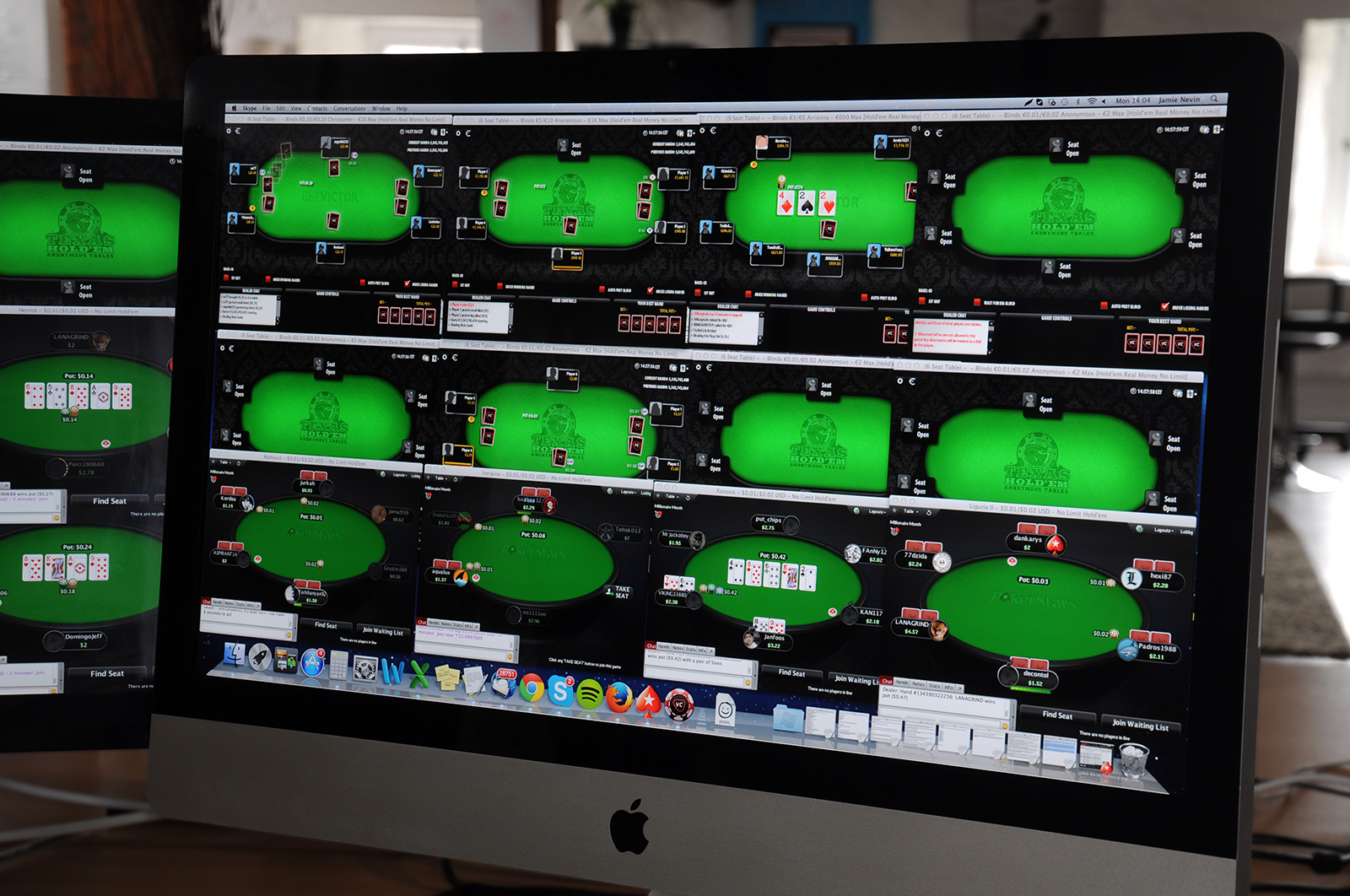
Resolution
This might come as a surprise to you but the actual amount of screen real estate that you have at your disposal has much less to do with the physical size of the monitor and much more to do with its resolution (or simply put, the amount of pixel that the screen is able to display). While the 'full HD' or 1920x1080 resolution has become an industry standard in the recent years, poker players and other users concerned with productivity are often going for 2560x1440 or even 4k resolution (3840x2160) monitors.
There are also ultra-wide options with a wider aspect ratio such as 2560x1080 or 3840x1600 that are also favored by power users and content creators. On the other side of the spectrum, we have people that are still playing poker on a laptop with a 1366x768 resolution which - while certainly doable - is not exactly comfortable given how you can't even comfortably tile 4 tables on a screen like that without them overlapping.
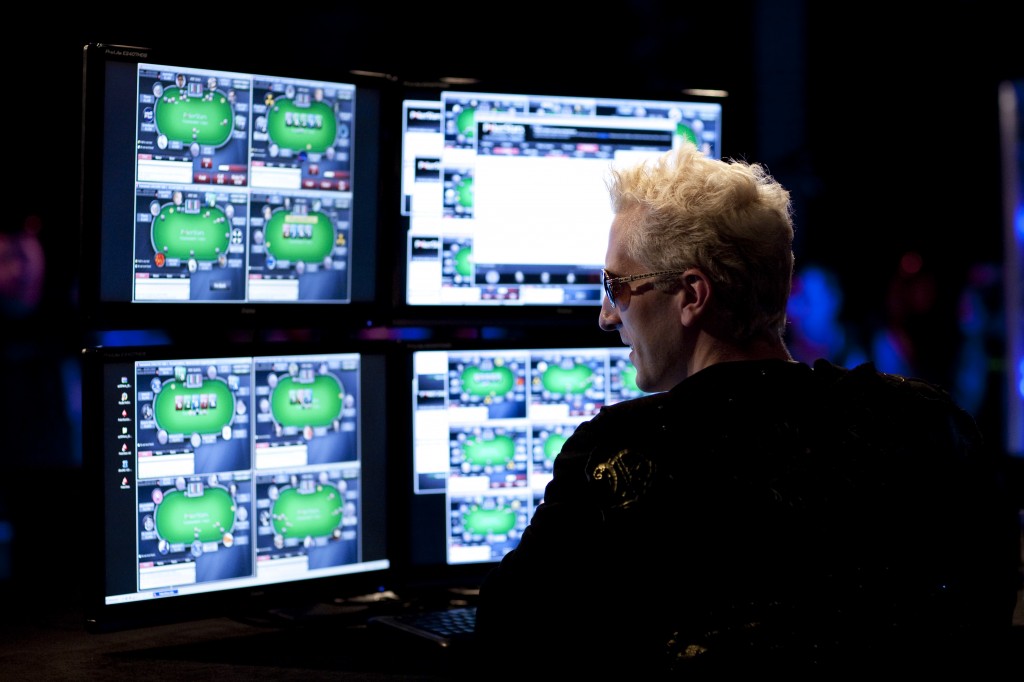
Size
In the world of monitors size, unsurprisingly, matters. While the resolution is much more important when it comes to actually fitting windows on your screen, if you want those windows to scale properly you have to make sure that your monitor is big enough. In theory, a top of the shelf smartphone with a 4k display can fit as many tables as a 32-inch 4k monitor (a pixel is a pixel is a pixel) but you wouldn't be able to see them comfortably in the former case.
For example playing poker on a 30-inch 1366x768 TV might look baller from a distance but it's actually extremely inefficient and even painful to the eyes given how you can clearly see individual pixels which make small details like cards or stack sizes really blurry. As a general rule, it's better not to go beyond 24-27 inch when shopping for a 1920x1080 monitor with 21-24'' being the sweet spot. Screens larger than 27'' look much better with higher resolutions like 2560x1440 and 4k.
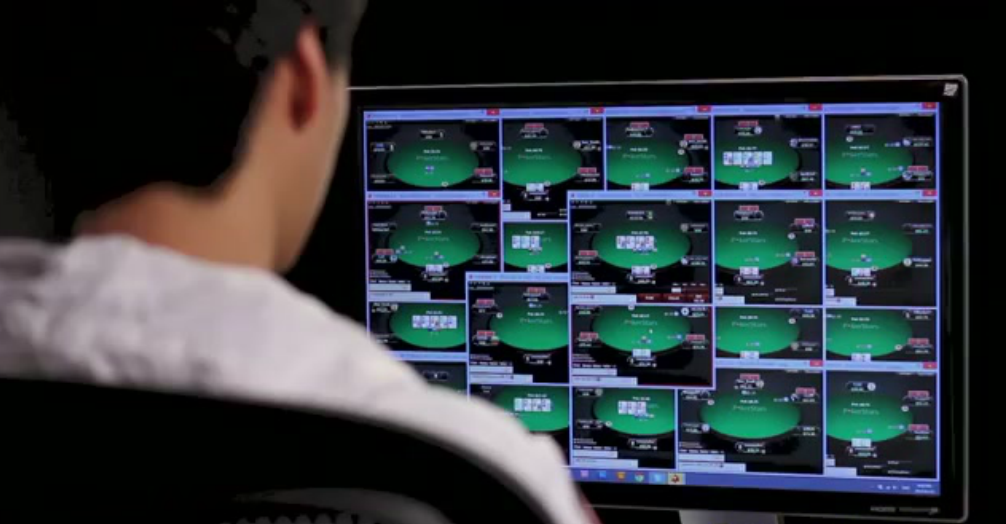
Matte IPS Panel
We could list all the other specs that you can see on a product page of your average monitor but there's really no need for that. Unless you're a gamer or a content creator things like the monitor's refresh rate, low response time, technologies like G-Sync/Freesync or even brightness, color gamut or color depth aren't really important.
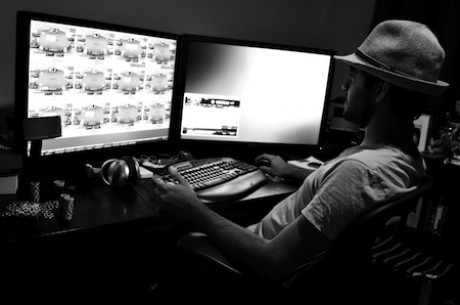
Ports
Lastly, make sure that your laptop or PC has enough ports to plug your new monitor(s) in. Keep in mind that some ports like VGA can only run the resolutions up to 1920x1080 (plus you shouldn't really use a VGA port anyway if you can help it). DVI-D ports can handle anything up to 2560x1440 or even 4k if you use two of them at the same time and if you have access to the Displayport 1.2 or HDMI 2.0 you can run every monitor that's currently on the market.
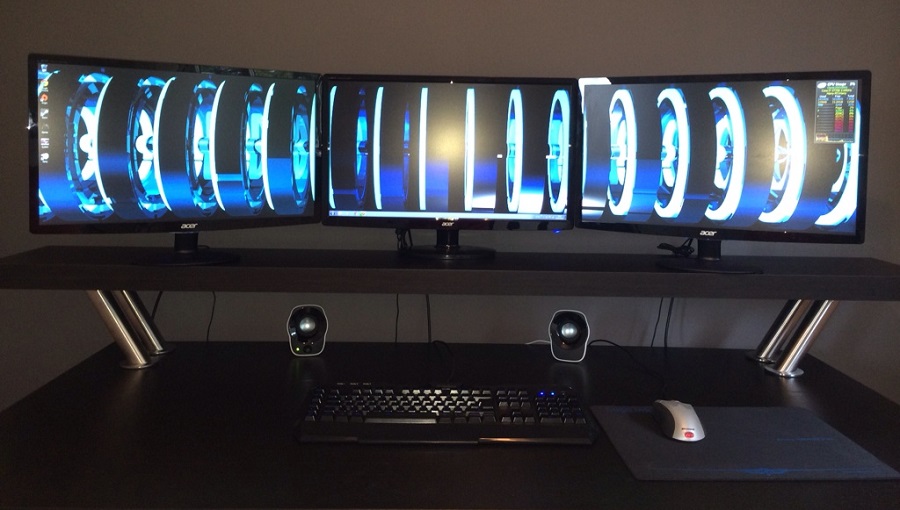
Brand/Build Quality
When it comes to features and build quality all of the major monitor brands currently on the market are fairly competitive, whether we're talking LG, DELL, Samsung, ASUS, IIyama, Acer, BenQ, Eizo, AOC etc.
Feel free to read up on some reviews of the models that you find interesting or make a trip to the store to make sure they are as robust as advertised, but as a general rule, the build quality is rarely an issue.
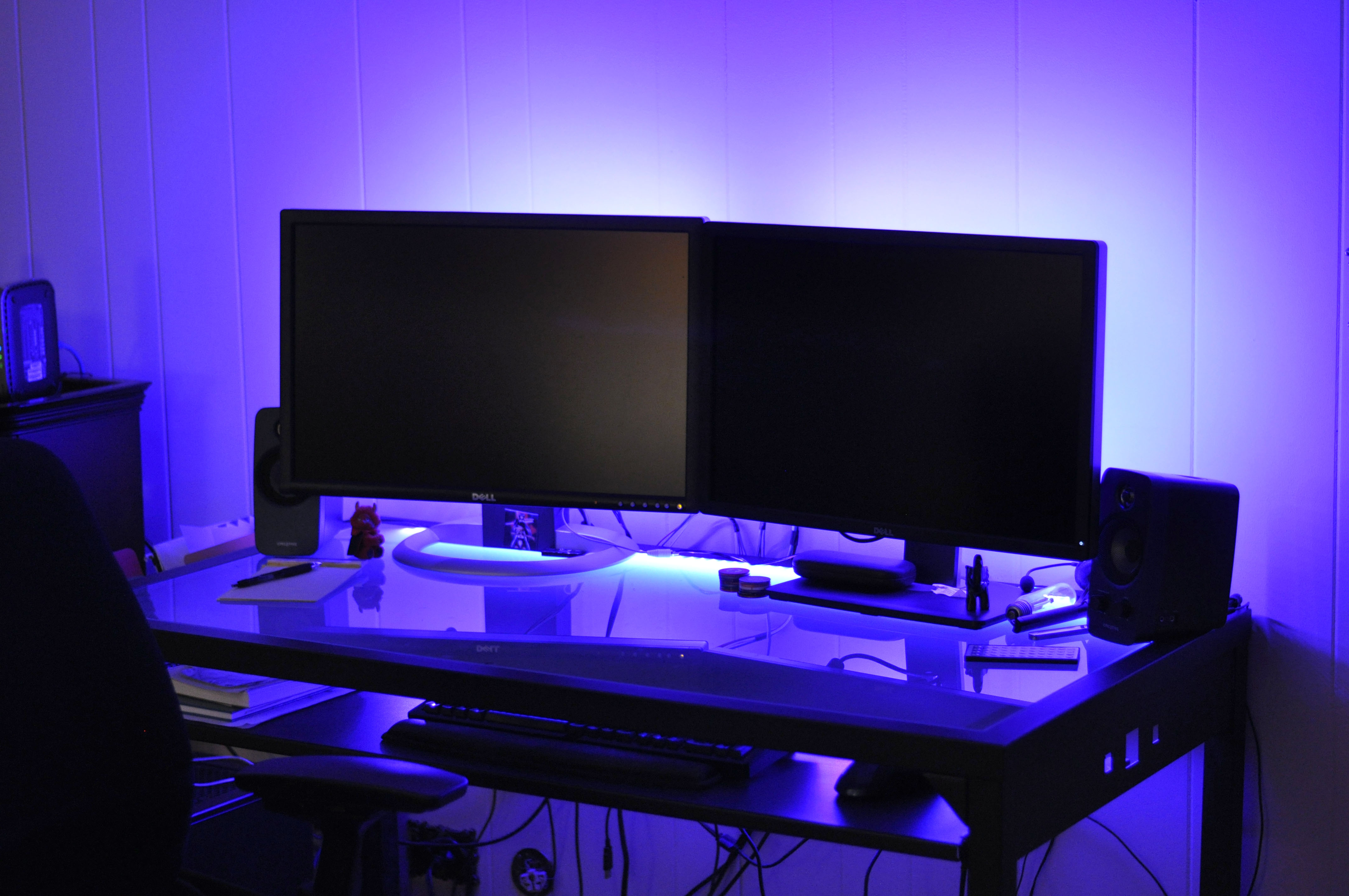
Basic Setup Options
Let's discuss a few monitor setup options that you might consider upgrading to. If you're down with this whole multi-monitor productivity-boosting idea but your desk space is limited, you might want to buy a single monitor that supports an ultra-wide resolution (2560x1080, 3840x1440 etc.).
It's basically two monitors in one and this solution might be less overwhelming if you've never experimented with multi-monitor setups before. Same goes for a single 2560x1440 or 4k monitor. Another classic option, and probably the best one for the vast majority of poker players would be going with two 1920x1080 or 2560x1440 screens.

Monitor Options
After reading this article you should be able to pick a monitor by visiting your favorite real life or online store, but here are some recommendations in case you want something to base your decision on.

